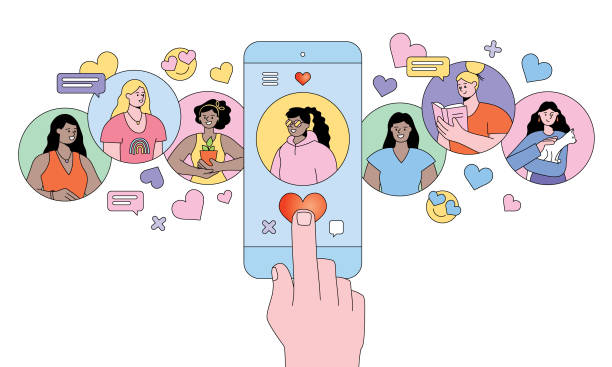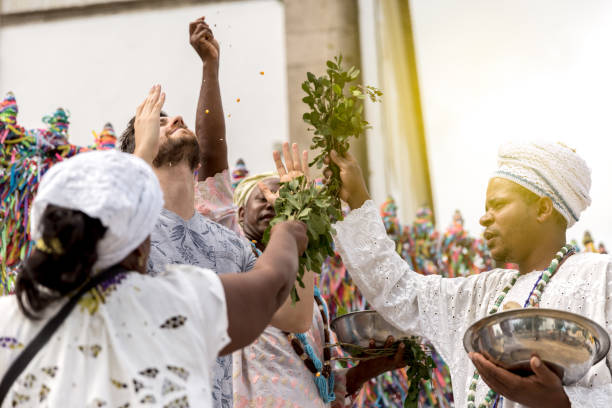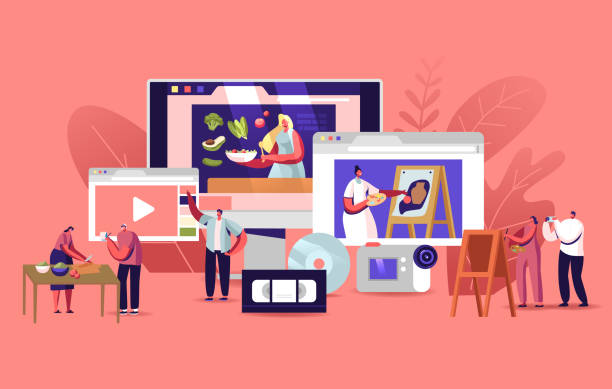
As streaming platforms dominate entertainment, the age-old tradition of storytelling faces new challenges. How do these shifts reflect generational differences in how we consume and relate to stories?
The Rise of Streaming: A New Era of Entertainment
The world of entertainment has undergone a seismic shift. The humble television set, once the heart of family rooms, now takes a backseat to digital platforms that cater to every individual’s preferences. The internet, once a tool for information, has now transformed into the primary vehicle for entertainment. Streaming services like Netflix, Hulu, Disney+, and Amazon Prime Video have made binge-watching a common pastime, offering an endless stream of TV shows, movies, and documentaries at the click of a button.
The digital revolution has changed the way we access and consume stories. Unlike traditional television, which was bound by specific schedules, streaming services have granted us the freedom to watch anything at any time. Gone are the days of waiting for your favorite show to air every Thursday at 8 PM. Now, the viewer is in control. Shows drop all at once, and you can watch an entire season in one sitting if you wish. This shift in consumption has made the traditional way of storytelling seem antiquated in comparison.
In many ways, streaming has revolutionized entertainment. It has made access to diverse narratives easier than ever before. However, this convenience comes with a price, and that price is the slow erosion of traditional storytelling values that have long been the backbone of culture and communication.
Traditional Storytelling: Oral Histories and Personal Connections
Before the digital age, storytelling was a communal experience. It was an art form passed down through generations, often told around a campfire, at dinner tables, or in the cozy corners of a living room. Storytellers, whether they were elders, poets, or writers, captivated their audiences with vivid imagery, emotion, and complex character development. Their tales, rich with history and meaning, allowed listeners to connect with their cultural roots and shared experiences.
Storytelling wasn’t just entertainment; it was a tool for education, socialization, and cultural preservation. Folktales, myths, legends, and family stories weren’t merely told—they were experienced. Listeners felt the tension of a story’s climax, laughed at the humor, and empathized with the characters in ways that fostered a deep emotional connection. These stories were often interactive—audiences would ask questions, debate interpretations, and engage in conversations about the characters and events long after the story had ended.
In the past, the act of storytelling brought people together in a shared space, fostering a sense of community. This connection was more than just about what was being told; it was about the experience of being present with others, engaging in meaningful dialogue, and learning from one another. Today, however, these values are slowly being replaced by the solitary, often passive, nature of streaming.
The Clash: Streaming Culture and the Loss of
Connection

As streaming platforms continue to rise in popularity, they bring with them a new way of consuming stories. No longer must we wait for a show to air, and no longer must we sit around a fire or dinner table to hear a story. Streaming allows us to experience a story from the comfort of our couch, on our own schedule, and without the need for interaction or engagement with others.
On the surface, this sounds like a huge leap forward—convenience, accessibility, and variety are all wonderful advantages. But as we delve deeper, we begin to see the impact that streaming culture has on our ability to connect with stories on a deeper level.
Traditional storytelling was built on engagement. A storyteller would adjust their delivery based on the reactions of their audience, pausing to build suspense or adjusting tone to fit the mood of the room. Streaming, on the other hand, is a one-way street. The audience is no longer active in shaping the narrative or reacting to the unfolding drama. It is a solitary experience, and in many cases, we watch these stories in isolation, disconnected from the social aspect of storytelling.
Furthermore, the rise of streaming has led to an emphasis on quantity over quality. Platforms churn out content at a staggering rate, often prioritizing quantity over depth. This has resulted in shows and movies that are formulaic, designed more to keep viewers hooked than to provoke meaningful thought or reflectionWhile there are still gems in the streaming world—shows and movies that challenge our understanding of the world—many viewers find themselves scrolling endlessly through options without ever committing to a story that makes them feel deeply.
The Generational Divide: Embracing Convenience vs. Nostalgia
The clash between streaming culture and traditional storytelling has created a distinct generational divide. Older generations, who grew up with oral storytelling, family gatherings, and scheduled television, may feel nostalgic for a time when stories were more intentional, meaningful, and socially engaging. They remember the days of gathering with family to watch a TV show together or sitting around a table as grandparents told stories about their childhood. These experiences were immersive and connected people to each other and their cultural roots.
In contrast, younger generations—those raised with smartphones, social media, and constant access to entertainment at their fingertips—are less likely to experience storytelling in the same way. For them, the ability to stream shows on-demand is a convenience they’ve grown accustomed to. Social media platforms, such as TikTok and Instagram, have replaced the traditional art of storytelling, with short-form, quick content that often prioritizes entertainment over depth.
For these younger generations, streaming offers instant gratification. They don’t need to wait for a show to air or gather with loved ones to share stories. They can consume a wide variety of content, from short video clips to binge-worthy series, all alone or in small groups, at their own pace. This shift in how stories are consumed has affected how they perceive narratives, entertainment, and connection.
Can Traditional Storytelling Survive in the Streaming Era?
While streaming has certainly dominated the entertainment landscape, traditional storytelling is not entirely extinct. In fact, many creators are finding ways to blend the best of both worlds. Podcasts, for example, have become a modern incarnation of oral storytelling, allowing listeners to connect with hosts in a way that mimics the communal storytelling traditions of old. Similarly, some filmmakers and TV producers are taking cues from traditional forms of narrative and incorporating them into their works, ensuring that storytelling remains rich, complex, and emotionally resonant.
Moreover, the appreciation for nostalgia and meaningful connections is prompting a resurgence in family-based storytelling activities. Digital platforms may have made storytelling more accessible, but they have also given rise to a desire for more meaningful, impactful narratives. As a result, a new hybrid form of storytelling is emerging, one that blends the convenience of streaming with the emotional depth and social connection that traditional storytelling once offered.
Perhaps the future of storytelling lies in merging these two worlds—maintaining the best of both streaming culture and traditional storytelling. If done right, it could pave the way for a more immersive, emotionally engaging, and socially connected form of storytelling.Conclusion: Finding Balance Between Old and New
The clash between streaming culture and traditional storytelling is a reflection of broader societal changes. Technology has provided unprecedented access to stories, but it has also led to a loss of intimacy and connection that once defined how we engaged with narratives. The key to preserving the art of storytelling is not to abandon streaming culture, but to strike a balance—one that embraces convenience while also maintaining the emotional and social depth that traditional storytelling offers.
As we move forward, it is essential to recognize the value of both mediums. Traditional storytelling may be evolving, but its core principles—connection, engagement, and emotional depth—can still find a place in our fast-paced, digital world. It’s up to future generations to find ways to weave these threads together, ensuring that storytelling, in all its forms, continues to bring people together for years to come.
Q&A: Streaming Culture vs. Traditional Storytelling – A Generational Perspective
Q: How has streaming culture impacted traditional storytelling?
A: Streaming culture has made storytelling more convenient but less socially engaging, leading to a shift from communal, interactive forms of storytelling to more passive, individualized consumption of content.
Q: What are the key differences between traditional
Q: What are the key differences between traditional storytelling and streaming?
A: Traditional storytelling is immersive, communal, and emotionally engaging, often told orally and passed down through generations. Streaming, on the other hand, is solitary, fast-paced, and prioritizes convenience over emotional depth.
Q: How does the generational divide affect how we consume stories?
A: Older generations value the communal, meaningful nature of traditional storytelling, while younger generations have grown accustomed to the instant gratification and convenience of streaming platforms, which often lack deep emotional engagement.
Q: Can traditional storytelling survive in the digital age?
A: Yes, traditional storytelling can survive by adapting to modern platforms like podcasts or integrating storytelling techniques into digital content, creating a blend of old and new storytelling forms.
Q: What is the future of storytelling in the streaming era?
A: The future may lie in merging traditional storytelling values—such as depth and engagement—with the convenience and accessibility of streaming, creating a hybrid approach that keeps the essence of both worlds alive.
